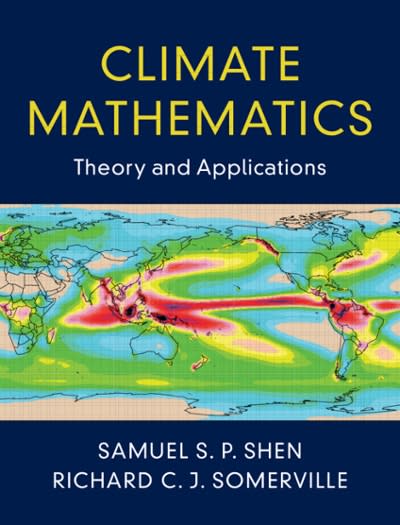Question
lake is full of bluefish and goldfish. A researcher wants to estimate the number of each sort of fish in the lake. He catches 100
lake is full of bluefish and goldfish. A researcher wants to estimate the number of each sort of fish in the lake. He catches 100 at random and tags them. Of these 100 fish, 60 are blue and 40 are gold. He asks his assistant to return a few days later and catch another 100 fish. (Assume this is another simple random sample of all the fish in the lake.) The assistant reports that 20 of these are tagged, but he forgets to record the color of the fish. Let Nb and Ng be the number of bluefish and goldfish in the lake. [40 points] (a) You can use any models for this problem. One possibility is a multinomial distribution. The multinomial distribution is a simple extension of a binomial distribution relevant coefficients, missing data, and observed data. (b) Define your likelihood function. (c) Find the set of value of Nb and Ng that maximizes your likelihood function by simulation. (d) Suppose you know a priori that the set of value for Nb and Ng is either (Nb = 280, Ng = 220) or (Nb = 290, Ng = 210). Which hypothesis is more likely?
Step by Step Solution
There are 3 Steps involved in it
Step: 1

Get Instant Access to Expert-Tailored Solutions
See step-by-step solutions with expert insights and AI powered tools for academic success
Step: 2

Step: 3

Ace Your Homework with AI
Get the answers you need in no time with our AI-driven, step-by-step assistance
Get Started


